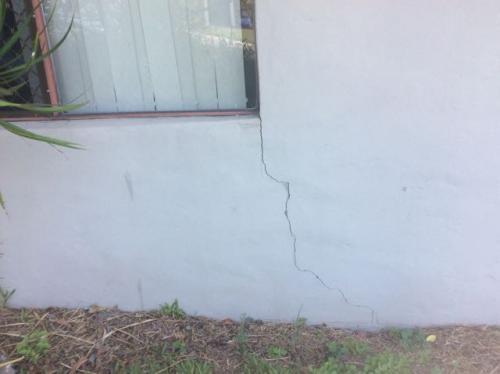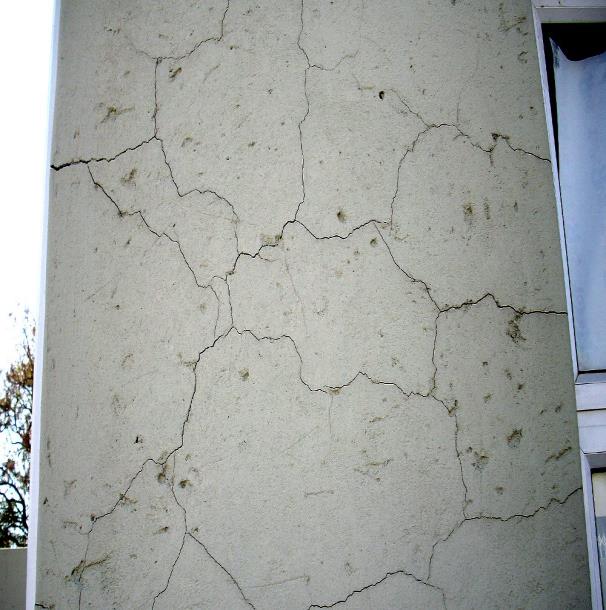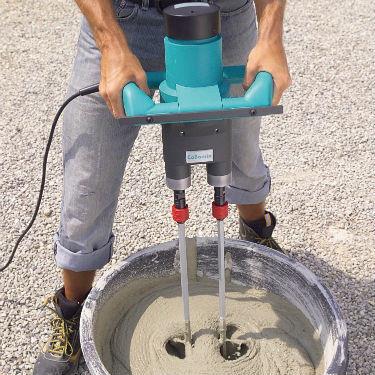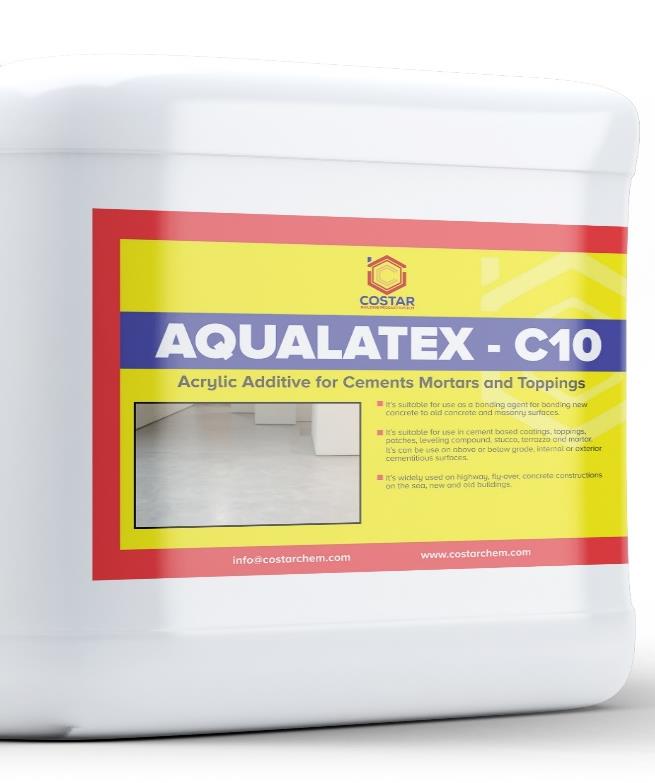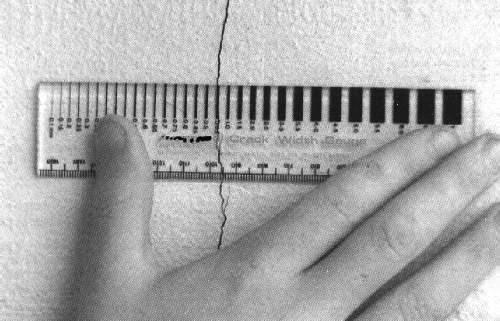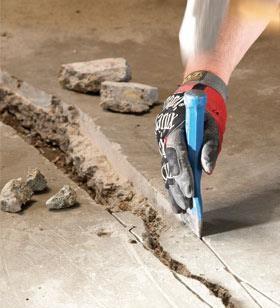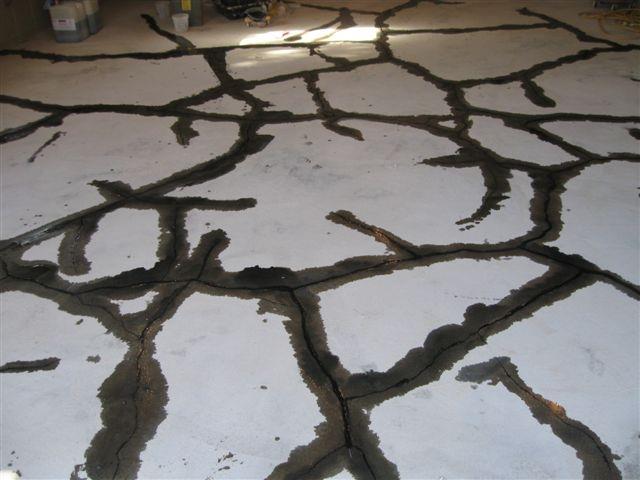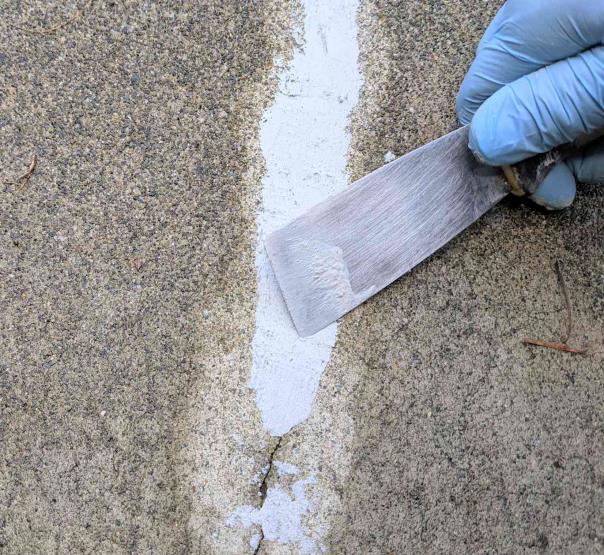TABLE OF CONTENTS
- Introduction
- Categories of concrete cracks
- Why concrete cracks occur
- Practical remediation to concrete cracks using repair mortars and bonding agents.
- Conclusion
INTRODUCTION
One of the most common defects known to occur in concrete works are cracks. Cracks on concrete work may not necessarily reflect a grievous concrete defect that can lead to failure, hence analyzing the type and severity of the crack in question is of high importance. Some types of cracks are inevitable.
Building cracks are one form of regularly occurring trouble that occurs in any form of concrete shape. In fact, crack-free concrete systems are very uncommon to find in actual globally. Crack in concrete is an inherent characteristic, which cannot be completely avoided but can be managed and minimized.
A Crack is an entire or incomplete separation of concrete into two or more elements produced by breaking or fracturing.
Appropriate measures will at least minimize, if not prevent entirely, these forms of cracking. In all cases, joints at appropriate intervals will control cracking and ensure that it does not occur in a random fashion to the detriment of the appearance and long-term durability of the structure.
Cracking in concrete construction is almost inevitable because concrete, like most other building materials, moves with changes in its moisture content. Specifically, it shrinks as it loses moisture. Being a brittle material, it is liable to crack as it shrinks unless appropriate measures are taken to prevent this, e.g. by the provision of control joints.
In any case of the inevitable occurrence of cracks on concrete works, there is still a way to remedy the situation and products that can help in the restoration of cracked concrete.
Categories of concrete cracks
A concrete crack defect is an unwanted condition that was not part of the original intent of the design. Concrete crack defects might impact the structural integrity, while others impose durability concerns.
A constructing element would develop cracks every time strain in the Factor exceeds its strength. Pressure on the construction component can be caused by an external force, such as death, living, wind or earthquake loads or foundation repairs or can be brought in due to heat vibration, humidity changes, chemical action etc. Concrete cracks can be divided into two categories.
- Structural cracks
- Non-structural cracks
Structural
Structural cracks arise because of wrong design, faulty creation or overloading and those may also endanger the safety of construction. The cracks in the structure are formed by beams, columns, and slabs.
Non-Structural
It may be due to the internal strength developed in the building materials due to fluctuations in humidity, temperature fluctuations, explosions, and the effects of gases, liquids etc. Non-structural cracks formed due to alkaline-aggregate reactions, due to the corrosion of steels.
Why concrete cracks occur
In most cases where cracks appear in concrete the crack can be identified, and the cause of cracking established. An extensive survey carried out revealed that concrete cracking can be attributed to the following:
- Construction and supervision problems design defects
- Ambient conditions (temperature, humidity, etc.)
- Quality of materials
Practical remediation to concrete cracks using repair mortars and bonding agents.
What are Repair Mortars
Repair Mortars are powdery substances made from a composition of specially designed polymer, calcining lime and clay, mixed with water to form a slurry that can be used for patching works.
What are bonding agents
Concrete bonding agents are natural or synthetic materials used to join the old and new concrete surface. This agent can also be used to join the successive concrete layers. This chemical helps to allow different concrete surfaces to behave like a single unit.
The practical remediation step for concrete crack defects involves the under-listed steps and products.
1, Measure the crack opening: This is done to ascertain the width of the crack and know what category of crack it falls under, which could be structural once above 100mm or non-structural which could be between 3mm – 50mm.
2, Opening of the crack: This is done primarily to rid off all loss concrete, debris and vacuuming out all dust particles from the cracked concrete edge after chiseling out un bonded concrete pieces. This gives room for the crack to receive sufficient quantity of repair mortar to help fill up the crack opening.
3, Cleaning and wetting of the crack: it is good practice to flush now opened crack with running water as this would help further rid off loss particles that can affect bonding. This also help to prevent the concrete crack from absorbing in excess the moisture needed for setting of the repair mortar.
 4, Priming of the crack: This involve Appling a bonding agent to the now cleaned crack opening and Costar Aqualatex C10 is a good product for priming.
4, Priming of the crack: This involve Appling a bonding agent to the now cleaned crack opening and Costar Aqualatex C10 is a good product for priming.
5, Patching of the crack: This involves the use of a repair mortar after determining what category the cracks fall to. Costar Building products has a range of Crack repair and Patching products that can be suited to both structural and nonstructural cracks patching. Costar Repair Mortar 10,20 & 30 can be employed for nonstructural crack patching while Costar Repair mortar 40 & 50 can be employed for structural crack patching.
Conclusion
The emergence of a crack on a concrete work doesn’t always necessarily mean the failure of that concrete work. Proper analysis as explained above needs to be carried out to determine the severity of the crack. It is important to note that all cracks are not the same and as such will not have the same remedial solution, thus the right product for use on a crack remediation job based on product knowledge needs to be employed.
Costarchem Repair Mortar 10, 20 % 30 are goo fix for non-structural cracks, and Costarchem Repair Mortar 40 & 50 are good fix for structural cracks.


